The humble plum, with its vibrant hues and juicy sweetness, has been a staple in human diets for millennia. From ancient civilizations that revered it for its medicinal properties to modern culinary artists who incorporate it into gourmet dishes, this stone fruit has earned its place in kitchens worldwide. Yet, a seemingly simple question persists among home cooks, health enthusiasts, and casual snackers alike: Should you peel a plum before eating it? This article delves into the nutritional, culinary, and cultural dimensions of this debate, offering insights to help you decide whether to embrace the skin or bid it farewell.
The Nutritional Case for Keeping the Skin
Plum skin is a nutritional powerhouse, packed with antioxidants, fiber, and essential vitamins that often outshine the flesh beneath. Studies have shown that the skin contains higher concentrations of bioactive compounds, many of which contribute to the fruit’s health benefits. For instance, anthocyanins—pigments responsible for the deep purple, red, or blue hues of plums—are concentrated in the skin. These compounds have been linked to reduced inflammation, improved heart health, and even potential anti-cancer properties. A 2018 study published in the Journal of Agricultural and Food Chemistry found that plum skins contain up to three times more anthocyanins than their flesh, making the skin a critical component for maximizing antioxidant intake.
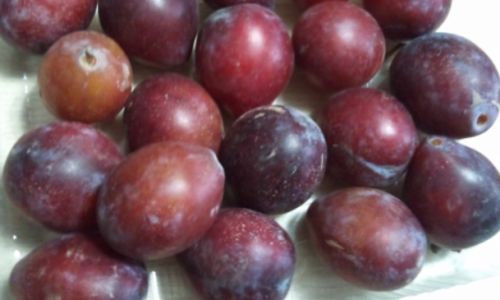
Fiber is another compelling reason to retain the skin. A medium-sized plum with skin provides approximately 1 gram of dietary fiber, while a peeled plum offers just 0.5 grams. Fiber aids digestion, promotes satiety, and helps regulate blood sugar levels—a boon for those managing diabetes or weight. The skin also houses chlorogenic acid, a polyphenol associated with enhanced metabolism and reduced risk of chronic diseases. By peeling a plum, you essentially discard a concentrated source of these nutrients, diminishing the fruit’s overall health value.
Potential Concerns: Pesticides and Wax Coatings
Despite the nutritional advantages, concerns about pesticides and synthetic waxes often drive people to peel plums. Conventionally grown plums may be treated with pesticides to ward off pests and fungi, and residues can linger on the skin. The Environmental Working Group (EWG) has included plums in its “Dirty Dozen” list, highlighting fruits and vegetables with the highest pesticide loads. While washing under running water can reduce residues, it may not eliminate them entirely. For those prioritizing pesticide avoidance, peeling might seem like a logical solution.
Another layer of complexity comes from commercial wax coatings. Post-harvest, plums (like many fruits) are sometimes coated with food-grade wax to extend shelf life and improve appearance. These waxes, often derived from shellac or synthetic materials, are deemed safe by regulatory agencies but may concern consumers seeking a “whole food” experience. Peeling removes the wax—and any associated unease—but also strips away nutrients.
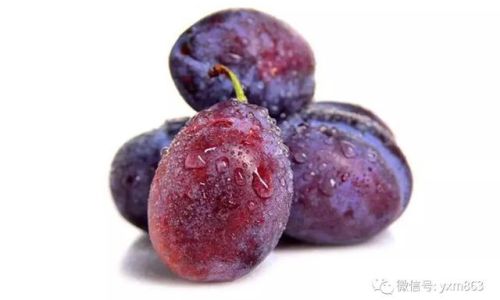
Culinary Perspectives: Texture, Flavor, and Versatility
The decision to peel a plum often hinges on culinary context. In raw preparations, such as snacking or salads, the skin’s texture can be polarizing. Some appreciate its slight tartness and chewiness, while others find it fibrous or bitter. Chefs and home cooks alike may opt to peel plums for recipes where smoothness is paramount—jams, purées, or baked goods like tarts or pies. The skin’s natural pectin can thicken jams, but its texture might detract from a silky compote.
Conversely, leaving the skin intact can enhance visual appeal and flavor complexity. Grilled or roasted plums, for example, caramelize beautifully with the skin on, creating a striking contrast between the smoky exterior and tender flesh. In savory dishes, such as salads with arugula and goat cheese, the skin adds a subtle tang that balances richness.
Cultural and Personal Preferences
Cultural traditions also shape plum-eating habits. In some Asian cuisines, plums are pickled or fermented with the skin on, as in the case of Japanese umeboshi, where the skin contributes to the brine’s tangy complexity. European desserts, such as Polish śliwkowica (plum cake), often feature unpeeled plums, celebrated for their rustic charm. Meanwhile, in North America, peeled plums are more common in commercial jams and preserves, reflecting a preference for uniform texture.
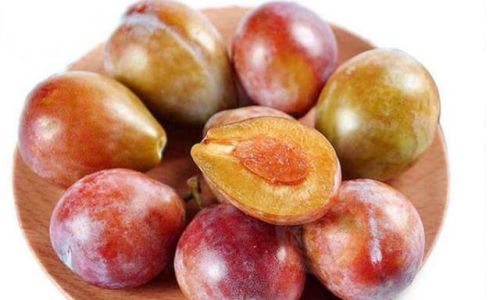
Personal preference plays an equally vital role. Those with sensitive teeth or gastrointestinal issues might find plum skin irritating, while others relish its rustic texture. Children, in particular, may reject plums with skin due to its slight astringency, prompting parents to peel them for easier consumption.
Practical Tips for Peeling and Preparing Plums
For those who choose to peel plums, technique matters. Blanching—a method where plums are submerged in boiling water for 30 seconds then transferred to ice water—loosens the skin, making it easy to slip off. Alternatively, a sharp paring knife can remove the skin in thin strips, though this requires patience. Organic plums, free from synthetic waxes and pesticides, offer a compromise for those who wish to minimize chemical exposure without peeling.
Washing plums thoroughly under cool water and scrubbing gently with a produce brush can also reduce residues. For a deeper clean, soak plums in a solution of one part vinegar to three parts water for 10 minutes, then rinse. This method removes bacteria and some pesticides, though it may not eliminate all contaminants.

Environmental and Economic Considerations
Peeling plums raises broader questions about food waste and sustainability. The skin, though a small part of the fruit, represents resources invested in its growth—water, soil nutrients, and energy. Discarding it contributes to organic waste, which, in landfills, produces methane, a potent greenhouse gas. By consuming the skin, individuals align with zero-waste principles, honoring the entire plant’s life cycle.
Economically, peeling plums may also impact budget-conscious consumers. Organic plums, while pricier, eliminate the need to peel for pesticide avoidance. However, for those on tight budgets, conventionally grown plums with skin may offer better nutritional value per dollar than peeled organic alternatives.
The Verdict: A Matter of Balance
The debate over peeling plums ultimately hinges on individual priorities. Nutritionally, the skin offers a wealth of benefits that justify its inclusion for most people. However, concerns about pesticides, texture preferences, or culinary needs may warrant peeling. The key lies in informed choice:
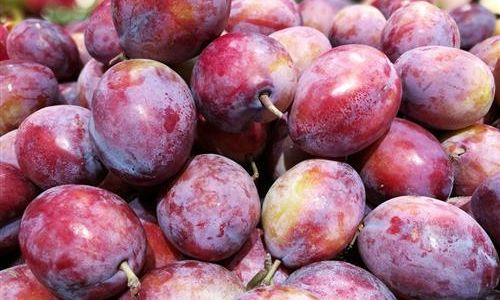
- If you prioritize maximum nutrients and minimal waste, keep the skin on. Wash thoroughly and opt for organic when possible.
- If pesticides worry you, peel conventionally grown plums or invest in organic varieties.
- For culinary perfection, adjust based on the dish—peel for smooth textures, retain the skin for rustic presentations.
In a world where food choices are often framed as “right” or “wrong,” the plum debate reminds us that balance and context matter. Whether you savor the skin’s tangy complexity or prefer the flesh’s unadulterated sweetness, the humble plum remains a versatile, nutrient-rich gift from nature—peel or no peel.



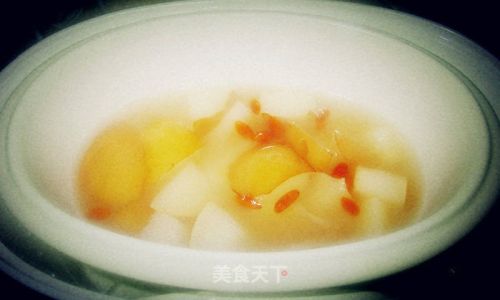


0 comments